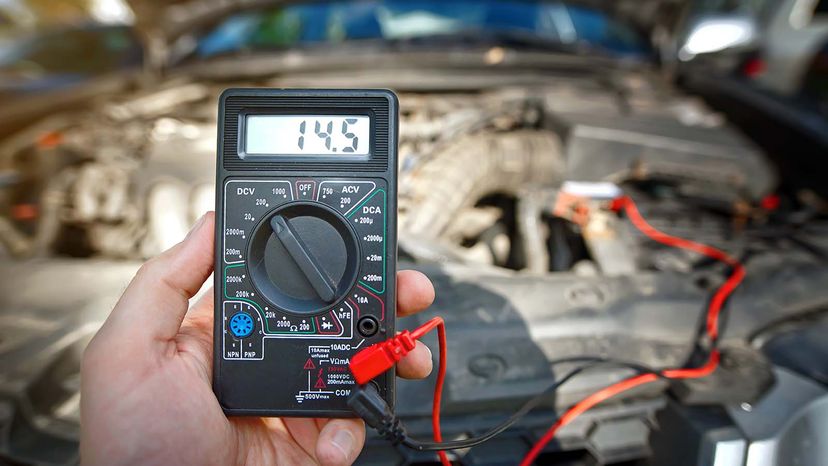The Life and Death of an Alternator

With so many components working to create the electricity vital for our vehicles, it's safe to say the alternator is a crucial component under the hood. But like many parts on our cars, they fail. Alternators have moving parts, get dirty and are subject to stress from heat and cold. As a result, the internal parts gradually wear out.
One of the most common failures is bearing failure. The needle bearings that allow the rotor to spin freely inside the stator can break down from dirt and heat. When the bearings fail, the rotor will not spin efficiently and can eventually seize. Usually an alternator with bearings failure makes a loud grinding noise. If you suspect this problem, it's only a matter of time before the alternator gives up.
Advertisement
You can take several easy steps to diagnose whether your alternator is on the fritz. First, most cars today have a dashboard light that glows when the ignition is switched on. The light for the electrical system is usually represented by a battery symbol.
Have you ever heard a buzzing noise when the key is on, but the car isn't running? That's the voltage from the battery running through the charging system. If this bulb is burned out, chances are the alternator won't work. The car may start, but it's just a matter of time before the battery drains and the electrical system fails.
As a rule, a three-phase alternator can operate with only one of the stator windings operational, although it's only one-third as efficient. To test whether your car had an issue with one of its stator windings, you'd need to use a voltmeter to check the voltage. (You can buy a basic voltmeter at an electronics store.) This is called a load test.
Since the battery produces DC power, set the voltmeter to DC rather than AC. Connect the red lead (or wire) to the positive terminal and the black to the negative. With no accessories on, start the car and gently press the accelerator with the car in park and the brake on to raise the RPM to around 1,000. The voltage should register around 14 volts. Anything less than 12 may indicate a problem.
Next, turn on the headlights, air conditioner, radio and anything else that draws electrical power. Rev the engine and check the voltmeter. Again, the voltage should register around 14 volts. If you have a failing alternator, the voltage will be well below 14 volts. If so, it's time to replace the alternator.
Before you decide you need to yank the alternator and replace it, make sure you check the serpentine belt. If the belt is worn or loose, the alternator won't function properly. A bad belt is easy to replace and won't set you back much, usually less than $20. But if you have to replace the alternator, you have options.